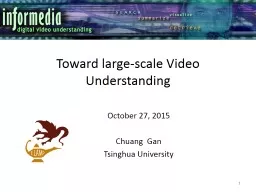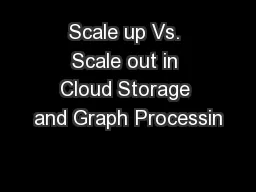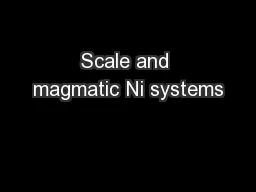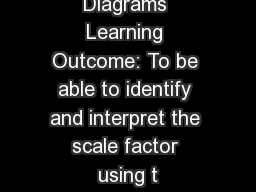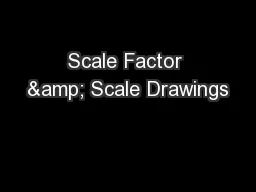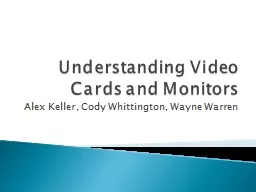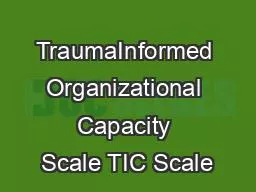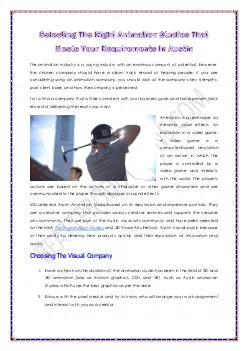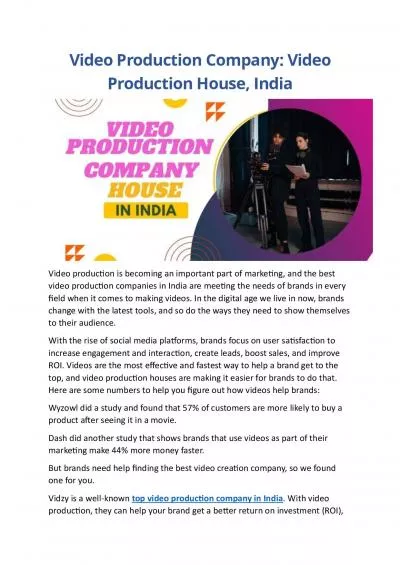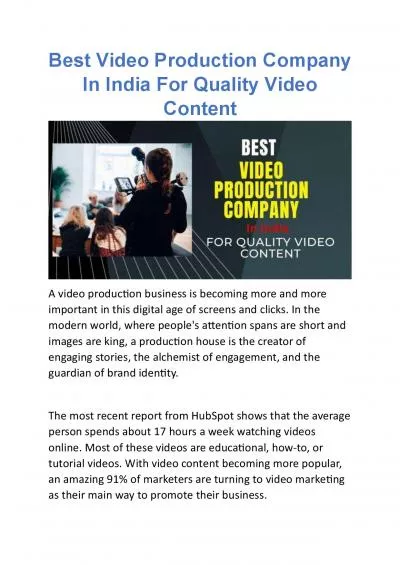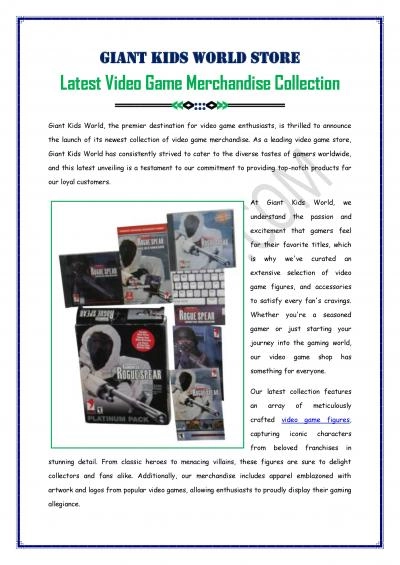PPT-Scale Up Video Understanding
Author : liane-varnes | Published Date : 2017-06-06
with Deep Learning M ay 30 2016 C huang Gan T singhua University 1 2 Video capturing devices are more affordable and portable than ever 64 of American adults
Presentation Embed Code
Download Presentation
Download Presentation The PPT/PDF document "Scale Up Video Understanding" is the property of its rightful owner. Permission is granted to download and print the materials on this website for personal, non-commercial use only, and to display it on your personal computer provided you do not modify the materials and that you retain all copyright notices contained in the materials. By downloading content from our website, you accept the terms of this agreement.
Scale Up Video Understanding: Transcript
Download Rules Of Document
"Scale Up Video Understanding"The content belongs to its owner. You may download and print it for personal use, without modification, and keep all copyright notices. By downloading, you agree to these terms.
Related Documents

